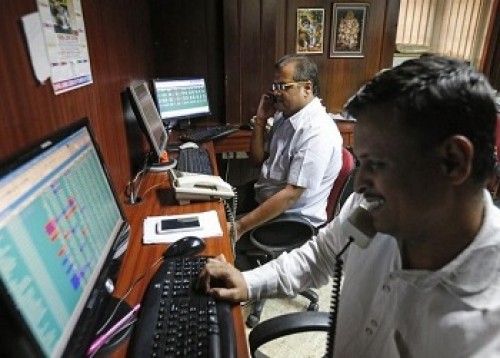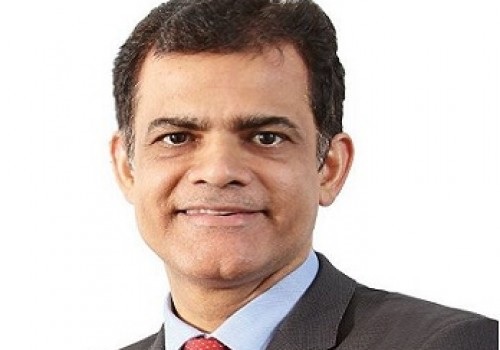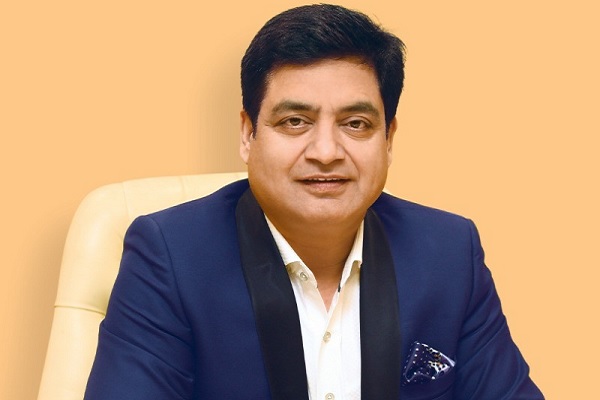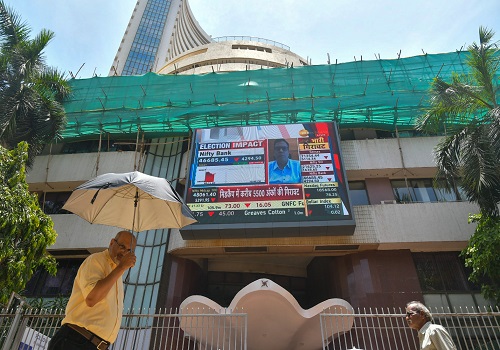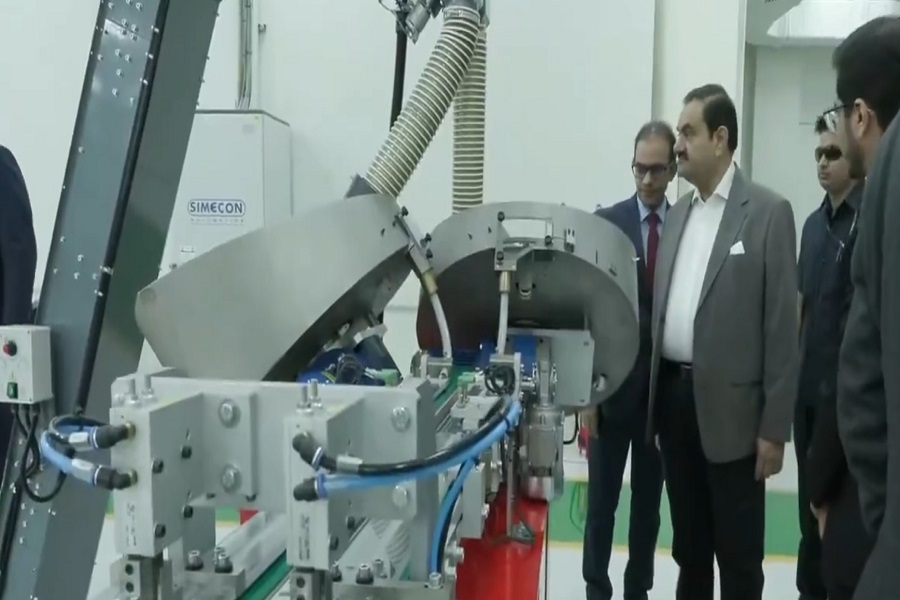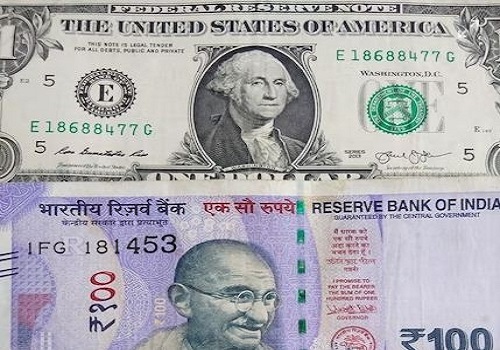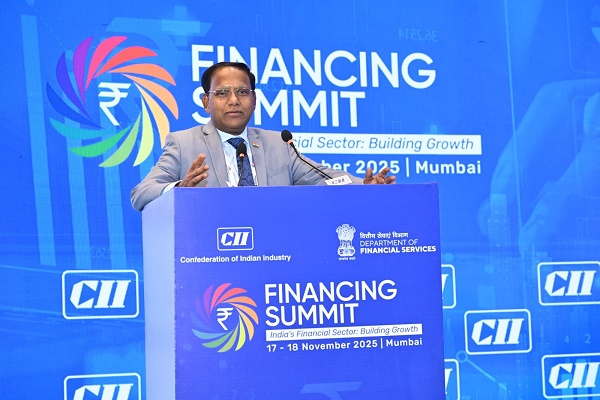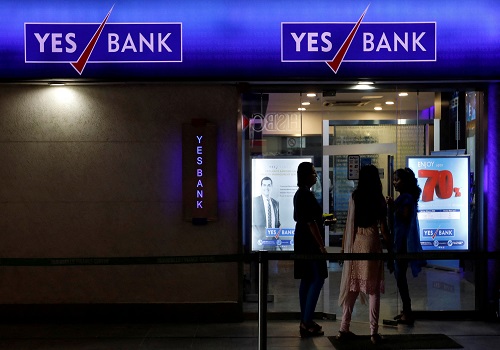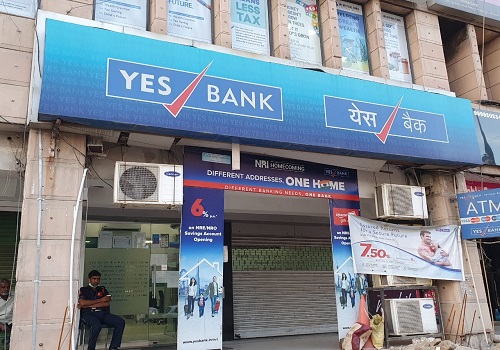Quote on CPI: Sequentially declines food and core lend support By Indranil Pan, Chief Economist, Yes Bank

Below The Ouate on CPI By Indranil Pan, Chief Economist Yes Bank
CPI increased to 5.7% YoY in December vs 5.6% YoY in November. On a sequential basis, the CPI index declined by 0.3%. Even with an unfavorable base, the support came from a 0.9% sequential decline in food prices. Sequential declines were noted in in vegetable, fruits, meat & fish, and spices prices. The arrival of winter crops helped in easing the pressure on vegetable prices that declined by 5% MoM. Core inflation continued its downward trajectory registering a growth of 3.9% YoY, the slowest in the last 4 years. Our model indicates Headline CPI of ~5.4% for FY24 and 4.8% for FY25. We continue to believe that the RBI will be on a long pause and call for a cut at the August policy.
Vegetable prices cool off: After registering a strong momentum of 1.1%, food prices declined by 0.9% MoM in December, majorly driven by vegetables (-5.3% MoM), fruits (-1.6% MoM), and meat & fish (-1.2% MoM). The arrival of winter crops helped ease vegetable prices. Within vegetables, the heavy weights potato, onion, and tomato registered sequential declines of 6%, 16%, and 9.4%, respectively. The export ban of onion is likely to have helped keep prices in check after it rose by 48% MoM in November. Cereal prices grew by 0.8% MoM with wheat and rice registering a rise of 1.7% MoM and 0.8% MoM, respectively. Importantly, spices prices registered the first sequential decline (-0.3%) in the last 2.5 years. The decline was driven by ‘jeera’ and ‘dry chillies’ prices whereas ‘turmeric’ continues to maintain a strong momentum of 0.8%. Pulses (+0.5% MoM), milk (+0.1% MoM), egg (3.3% MoM), and sugar (+0.3% MoM) prices registered sequential increases in December. On a YoY basis, food inflation came at 9.5%.
Consolidated fuel inflation picks up: On a sequential basis, consolidated fuel inflation increased by 0.1% MoM. Electricity prices grew by 0.1% MoM whereas ‘Firewood and Chips’ grew by 0.8% MoM. On the other hand, LPG prices and kerosene prices declined by 0.3% MoM and 2.7% MoM, respectively. Petrol prices registered a flat growth whereas diesel prices declined by 0.1% MoM. On a YoY basis, consolidated fuel inflation declined by 0.7%.
Core inflation moderates to 3.9% YoY (4.1% in November): RBI Core inflation (ex-food, fuel, PTI) registered a flat growth in December after rising 0.2% MoM in November. ‘Housing’ prices saw a sequential decline of 0.6% whereas ‘Clothing and footwear’ prices increased by 0.2% MoM. Miscellaneous components grew by 0.2% MoM in December vs 0.3% MoM last month. Within miscellaneous, ‘HH goods and services’ (+0.3% MoM), ‘Health’ (+0.3% MoM), and ‘Recreation and amusement’ (+0.2% MoM) registered sequential increases. The pace of increase in ‘Transport and Communication’ (+0.1% MoM) and ‘Personal care and effects’ (+0.8% MoM) moderated. Education registered a flat growth in December.
IIP moderates on a YoY basis: IIP rose 2.4% in November vs 11.6% in October. On a sequential basis, IIP declined by 2.4% driven by manufacturing (-1.7% MoM) and electricity (-13.5% MoM) sectors. The growth in the mining sector also moderated to 2.9% MoM vs 14.3% MoM in October. On the use-based side, primary goods (-1.6% MoM), intermediate goods (-3.8% MoM), capital goods (-7.4% MoM) and infrastructure goods (-5.6% MoM) registered sequential declines. Consumer durables de-grew by 13.9% MoM whereas consumer non-durables, after registering negative growth for three consecutive months, grew by 10.7% MoM in November.
FY24 CPI expected at ~5.4%, peak may have passed: The arrival of winter vegetables is likely to have eased the pressure on vegetable prices. The comfort from vegetable prices is expected to continue in January with the increased supply in the market. As per the NHB data, vegetable prices have declined by 4.6% in January MTD with sequential decline seen in heavy weights like onion, potato, and tomato. However, uncertainty over food prices is likely persist on account of the negative impact from El Nino. As per the latest data, rabi sowing is down by ~4.7% when compared to last year. The drop in pulses sowing is especially high at around 7.8%.The peak of inflation may be beyond us, and we see Q4FY24 inflation to be averaging at around 5% compared to an average of 5.5% in the first 9 months. However, the internal members of the MPC would continue to focus on the risks of inflation arising out of supply shocks. Important to note is of the RBI view that food shocks can have second order effects that impede attaining policy goals. Hence, we believe that the RBI is unlikely to pivot soon – both on the rates as also on the stance of monetary policy. Our model predicts for an inflation print of sub-4% in July and August 2024, but this is heavily conditioned by the high base from the previous year. An RBI study had noted that peaks in tomato prices each year are higher than the previous year. Effectively, we think the expected growth-inflation dynamics can lead to a shallow rate cut only starting in August 2024.
Above views are of the author and not of the website kindly read disclaimer

